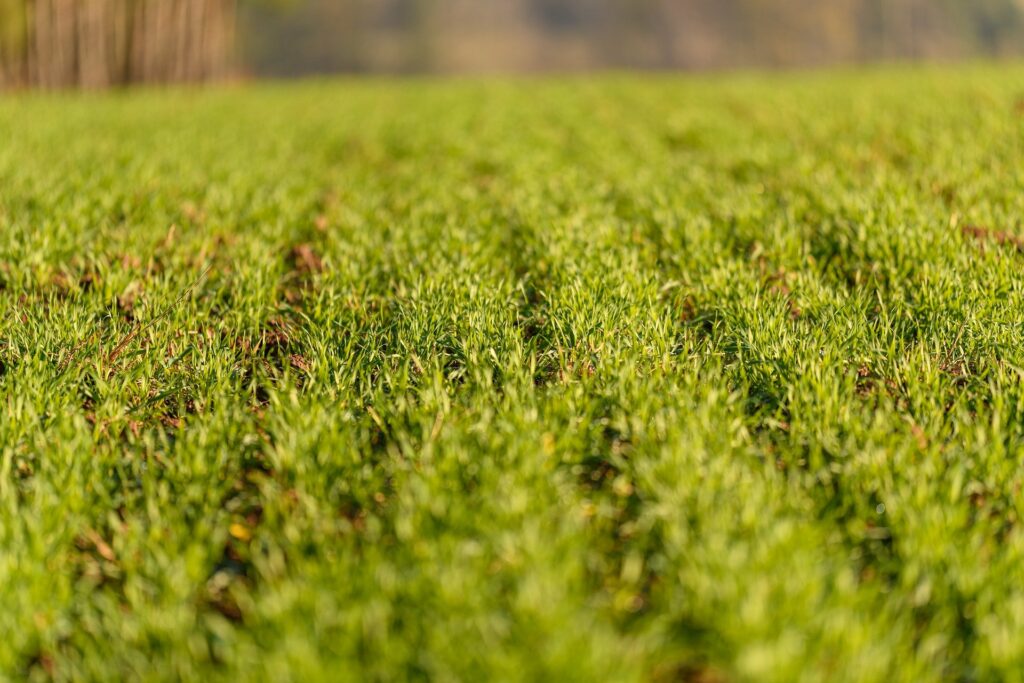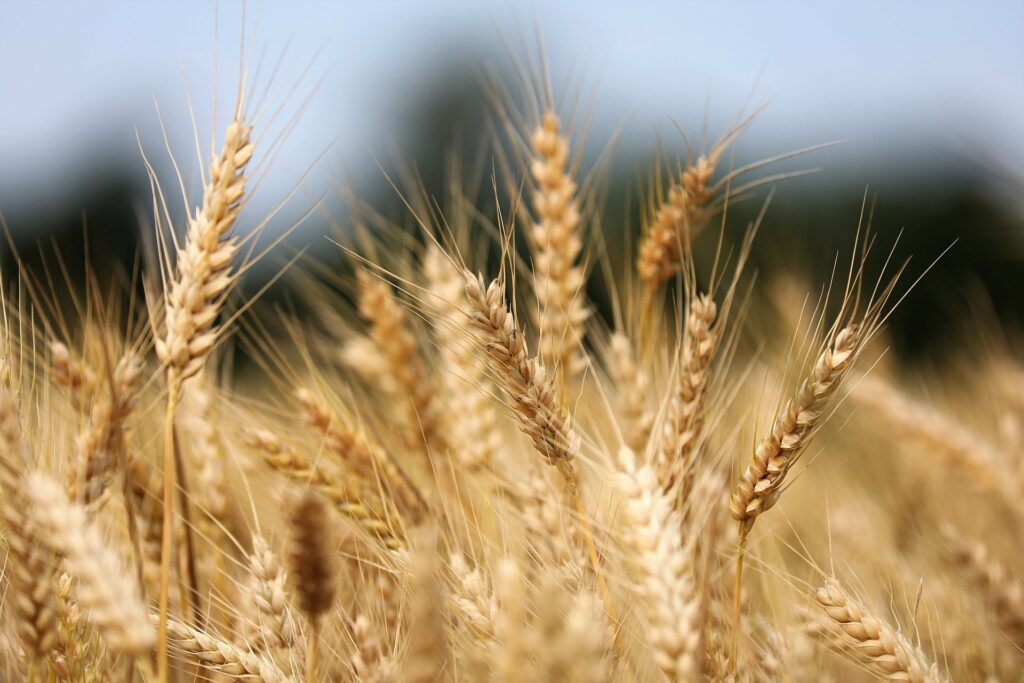Biodynamic agriculture is a holistic approach to farming that integrates ecological, spiritual, and organic principles. Originating from the teachings of Rudolf Steiner in the early 20th century, biodynamic agriculture emphasizes the interconnectedness of the farm’s ecosystem and aims to enhance soil health, plant growth, and animal welfare through sustainable practices. In India, where agriculture is deeply rooted in tradition and spirituality, biodynamic farming offers an alternative to conventional agricultural practices. This article explores the principles, practices, and benefits of biodynamic agriculture in the Indian context.
Principles of Biodynamic Agriculture

Holistic Approach
Farm as an Organism: Biodynamic agriculture views the farm as a self-sustaining organism where all elements—soil, plants, animals, and humans—work together in harmony. The farm is considered a closed system that recycles nutrients and energy.
Ecological Balance: The focus is on maintaining ecological balance and enhancing biodiversity. This includes fostering beneficial relationships between plants, animals, and microorganisms.
Cosmic Rhythms
Lunar and Cosmic Cycles: Biodynamic farming incorporates lunar and cosmic rhythms into agricultural practices. Planting, sowing, and harvesting are timed according to the phases of the moon and planetary positions, based on the belief that cosmic forces influence plant growth and soil fertility.
Preparation of Biodynamic Compost: Special compost preparations, such as those made from herbs like yarrow, chamomile, and stinging nettle, are used to enhance soil health and fertility. These preparations are believed to harmonize the soil and strengthen plant growth.
Organic Principles
Avoidance of Synthetic Inputs: Biodynamic farming strictly avoids synthetic fertilizers, pesticides, and herbicides. Instead, it relies on organic inputs and natural processes to maintain soil fertility and manage pests.
Soil Health: Emphasis is placed on soil health through practices such as composting, green manuring, and crop rotation. Healthy soil is seen as the foundation for thriving crops and livestock.
Practices of Biodynamic Agriculture in India

Soil Management
Composting and Manuring: Biodynamic farms use compost and biodynamic preparations to enrich the soil. Composting is done using plant residues, animal manure, and biodynamic preparations to enhance soil fertility and structure.
Cover Cropping: The use of cover crops helps prevent soil erosion, improve soil structure, and increase organic matter content.
Crop Rotation: Implementing diverse crop rotations reduces soil depletion and helps manage pests and diseases naturally.
Pest and Disease Management
Biological Controls: Natural predators and beneficial insects are encouraged to manage pest populations. Companion planting and the use of plant extracts can also help deter pests.
Biodynamic Preparations: Specific herbal preparations, such as horn manure and horn silica, are used to enhance plant resilience and improve resistance to diseases.
Animal Husbandry
Integrated Livestock: Animals are integrated into the farm ecosystem, contributing to soil fertility through manure and participating in the overall nutrient cycle.
Welfare and Nutrition: Biodynamic farming emphasizes the welfare of animals, providing them with natural diets and ensuring their health and well-being.
Cosmic Rhythms and Timing
Planting and Harvesting: Agricultural activities are planned according to lunar and cosmic cycles. This includes planting, cultivating, and harvesting based on astrological calendars.
Preparation Timing: Biodynamic preparations are applied at specific times of the year to align with cosmic rhythms and maximize their effectiveness.
Benefits of Biodynamic Agriculture

Soil Health and Fertility
Enhanced Soil Quality: Biodynamic practices improve soil structure, increase organic matter, and enhance nutrient availability, leading to healthier soils and better crop yields.
Reduced Erosion: Techniques such as cover cropping and reduced tillage help prevent soil erosion and degradation.
Sustainability and Resilience
Reduced Dependence on External Inputs: By relying on organic practices and internal resources, biodynamic farming reduces the need for external inputs and minimizes environmental impact.
Increased Resilience: Biodynamic farms are often more resilient to environmental stressors, including pests, diseases, and climate variations, due to their holistic approach and diverse ecosystems.
Biodiversity and Ecosystem Health
Enhanced Biodiversity: Biodynamic farming promotes biodiversity by integrating diverse plants, animals, and microorganisms into the farming system.
Ecosystem Services: Healthy ecosystems provide essential services such as pollination, pest control, and nutrient cycling, contributing to overall farm productivity.
Consumer and Market Benefits
High-Quality Produce: Biodynamic farming often results in high-quality produce with enhanced flavor and nutritional value, appealing to consumers seeking organic and sustainably grown food.
Market Differentiation: Biodynamic certification can help differentiate products in the market, providing a niche for premium and environmentally conscious products.
Challenges and Considerations

Adoption and Awareness
Limited Awareness: Biodynamic agriculture is still relatively niche in India, and increasing awareness and education among farmers and consumers is essential for broader adoption.
Training and Support: Farmers may require training and support to transition to biodynamic practices, including understanding cosmic rhythms and using biodynamic preparations.
Cost and Accessibility
Initial Costs: Transitioning to biodynamic farming may involve initial costs for organic inputs and certification. Financial support and incentives can help mitigate these costs.
Access to Resources: Ensuring access to biodynamic preparations and organic inputs is crucial for successful implementation.
Research and Development
Evidence and Research: Continued research and development are needed to provide evidence of the benefits and effectiveness of biodynamic practices in the Indian context.
Adaptation to Local Conditions: Adapting biodynamic practices to local climatic and soil conditions is essential for optimizing results.

Conclusion
Biodynamic agriculture offers a holistic and sustainable approach to farming that aligns with India’s rich agricultural heritage and spiritual traditions. By emphasizing ecological balance, organic principles, and cosmic rhythms, biodynamic farming promotes soil health, biodiversity, and resilience.
Despite challenges related to adoption, cost, and awareness, the potential benefits of biodynamic agriculture for Indian farmers, consumers, and the environment are significant. Through education, research, and support, biodynamic farming can contribute to a more sustainable and resilient agricultural future in India, enhancing food security and ecological health.